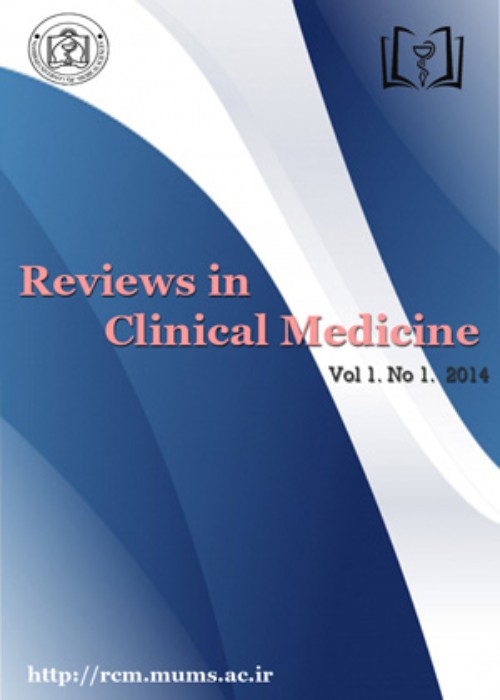The use of magnetic resonance imaging to study the brain size of young children with autism
Author(s):
Abstract:
Introduction
Autism spectrum disorder (ASD) is a syndrome of social communication deficits and repetitive behaviors or restricted interests. While the impairments associated with ASD tend to deteriorate from childhood into adulthood, it is of critical importance that the syndrome is diagnosed at an early age. One means of facilitating this is through understanding how the brain of people with ASD develops from early childhood. Magnetic resonance imaging (MRI) is the method of choice for in vivo and non-invasive investigations of the morphology of the human brain, especially when the subjects are children. In this study, we conducted a systematic review of existing structural MRI studies that have investigated brain size in ASD children of up to 5 years old.Methods
In this study, we systematically reviewed published papers that describe research studies in which the brain size of ASD children has been examined. PubMed and Scopus databases were searched for all relevant original articles that described the use of MRI techniques to study ASD patients who were between 1 and 5 years old. To be included in the review, all studies needed to be cohort and case series that involved at least 10 patients. No time limitations were placed on the searched articles within the inclusion criteria. The exclusion criteria were non-English articles, case reports, and articles that described research involving subjects that were not within the qualifying age range of 1-5 years old.Result
After an initial screening process through which the title, abstracts, and full text of the articles were reviewed to confirm they met the inclusion criteria, a total of 10 relevant articles were studied in depth. All studies found that children with ASD who were within the selected age range had a larger brain size than children without ASD.Discussion
The findings of recent studies indicate that the vast majority of ASD patients exhibit an enlarged brain; however, the extent of the enlargement varies from study to study. As such, further studies are required to develop an understanding of the areas of the brain in which enlargement manifests in children with ASD before the age of five and to verify the significance of the prognostic value of MRI as a non-invasive diagnostic technique that can be employed to detect ASD in young children.Conclusion
Based on the extracted data, brain size was related to the emergence and presence of autism in children who were below school age. The use of MRI represents a functional and non-invasive method of confirming ASD in children who have an initial ASD diagnosis. Keywords:
Autism , Brain size , Children
Language:
English
Published:
Reviews in Clinical Medicine, Volume:3 Issue: 3, Summer 2016
Pages:
105 to 110
magiran.com/p1572478
دانلود و مطالعه متن این مقاله با یکی از روشهای زیر امکان پذیر است:
اشتراک شخصی
با عضویت و پرداخت آنلاین حق اشتراک یکساله به مبلغ 1,390,000ريال میتوانید 70 عنوان مطلب دانلود کنید!
اشتراک سازمانی
به کتابخانه دانشگاه یا محل کار خود پیشنهاد کنید تا اشتراک سازمانی این پایگاه را برای دسترسی نامحدود همه کاربران به متن مطالب تهیه نمایند!
توجه!
- حق عضویت دریافتی صرف حمایت از نشریات عضو و نگهداری، تکمیل و توسعه مگیران میشود.
- پرداخت حق اشتراک و دانلود مقالات اجازه بازنشر آن در سایر رسانههای چاپی و دیجیتال را به کاربر نمیدهد.
In order to view content subscription is required
Personal subscription
Subscribe magiran.com for 70 € euros via PayPal and download 70 articles during a year.
Organization subscription
Please contact us to subscribe your university or library for unlimited access!


